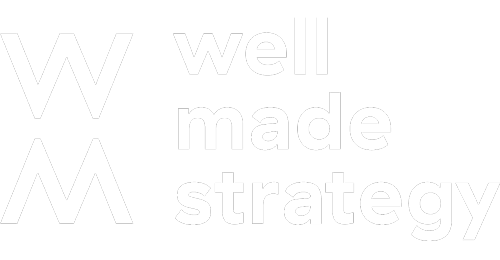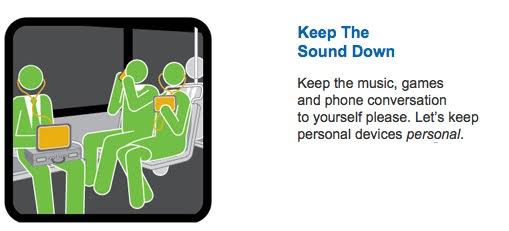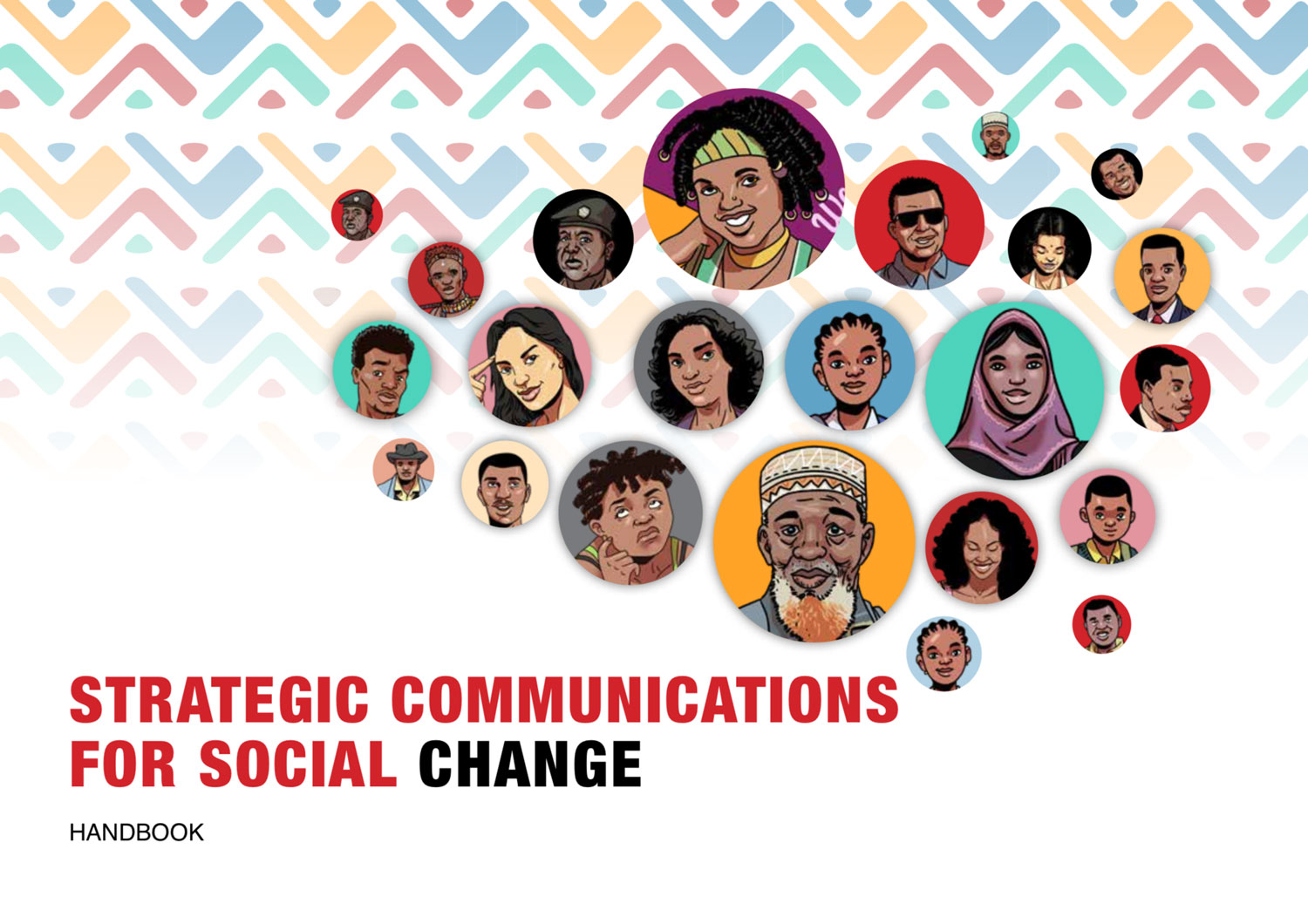On a recent trip to New York, I was intrigued to find that notoriously rude New Yorkers are a lot more polite than their reputation suggests.
And they were particularly well-mannered on the subway, once one of the scariest metropolitan railways in the world. Could it be the 2015 subway campaign, encouraging people to behave better? And what lessons can we learn from it?
Last year, the Metropolitan Transportation Authority started their Courtesy Counts campaign and – according to their press spokesman – it really works.
“The feedback has been overwhelmingly positive,” he says.
Not only are people behaving better by not doing bad things…
They are actually doing good deeds too.
So how, can we put MTA’s good practice into action for ourselves?
It’s simple… just ASK.
Of course we must continue to set our objectives, and analyse and segment our audiences before planning our messaging but unless we ASK, we won’t get.
New York’s MTA ASKed their customers to behave better and just a year later, they have an urban railway system that is a pleasure to use. They asked for better behaviour and the whole of New York City has benefited.
OK, so it may not work with Kenyan matatu drivers but it could work with passengers taking up too much space, harassing fellow travellers or doing their braids on the way to work. Keeping the sound down may be asking too much of a matatu driver but they said that before the Michuki Rules came in. There’s only one way to find out – ASK.
And lest you think we have everything to learn from New York and nothing to teach, they missed the next step and don’t have any M and E to help them refine their campaign.
“We have not measured efficacy,” says their strangely uncommunicative spokesman.
You won’t know what worked unless you monitor and you can be sure it won’t work unless you ASK.
Miles Bredin is Consulting Lead at Well Told Story. Follow him on Twitter @MilesBredin








